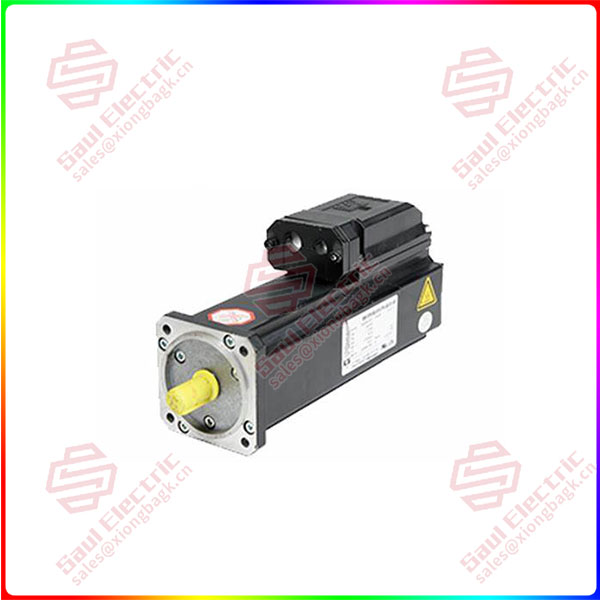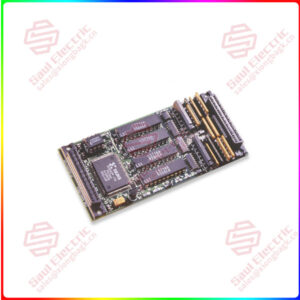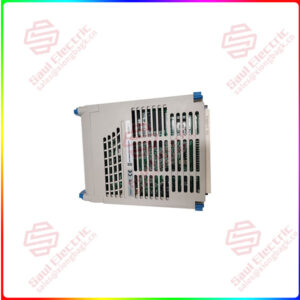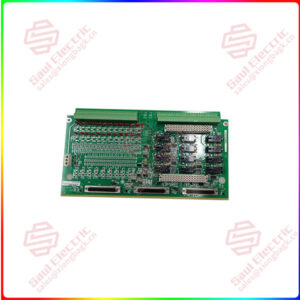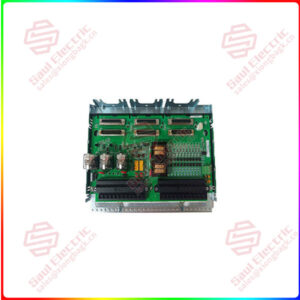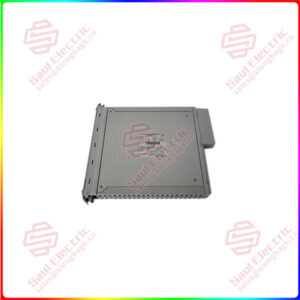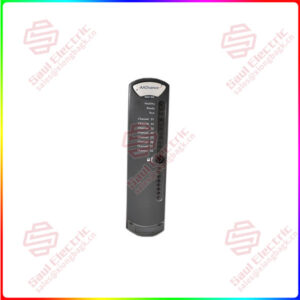Description
Overview
Essential details:SM-070/60/010/P0/45/S1/B1 Servo driver
lf you need to inquire or purchase ,please send the product models to my email or call medirectly .
sunny He
[Email] sales@saulcontrol.com
[Mobile] 86-18059884797
[WhatsApp] 86-18059884797
[Skype] sales@saulcontrol.com
SM-070/60/010/P0/45/S1/B1 Servo driver
The servo driver is an electronic device that controls the servo motor, and its working principle can be summarized as the following steps:
Control signal input: The servo driver receives the control signal from the motion controller or the upper control system. These signals often include instructions such as target position, speed, or torque.
Signal processing: The servo drive processes the received control signal. It may include parsing instructions, calculating errors, generating drive signals, and so on. In this process, the servo drive may also calculate some advanced control algorithms, such as PID control, speed feedforward, acceleration feedforward, etc., to improve the control accuracy and dynamic response.
Drive signal output: After processing, the servo driver outputs the drive signal to the servo motor. These drive signals are usually current or voltage signals that are used to control the rotation of the servo motor.
Feedback signal reception: Servo motors are usually equipped with encoders or sensors to detect information such as the actual position, speed and torque of the motor. These feedback signals are transmitted back to the servo drive.
Closed-loop control: The servo driver compares the feedback signal with the target value, calculates the error, and adjusts the drive signal to reduce the error. This process is often referred to as closed-loop control because it corrects for deviations by constantly comparing the actual value to the target value and adjusting the output signal.
Repetitive process: the servo drive will continue to receive new control signals, process and output the drive signal, and receive feedback signals for closed-loop control. This process is continuous to ensure that the servo motor can accurately track the target position, speed or torque.


 1 Year Warranty
1 Year Warranty
